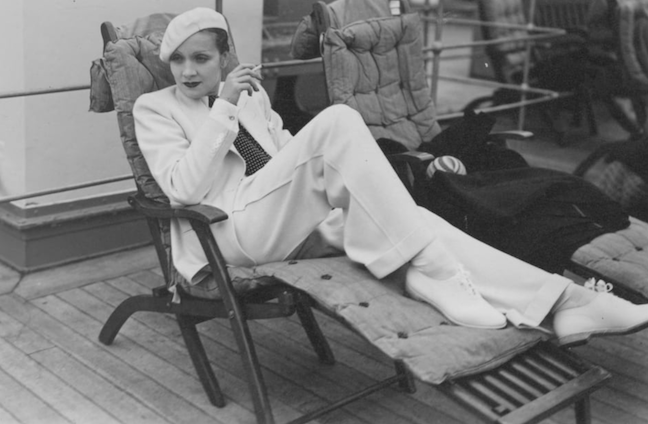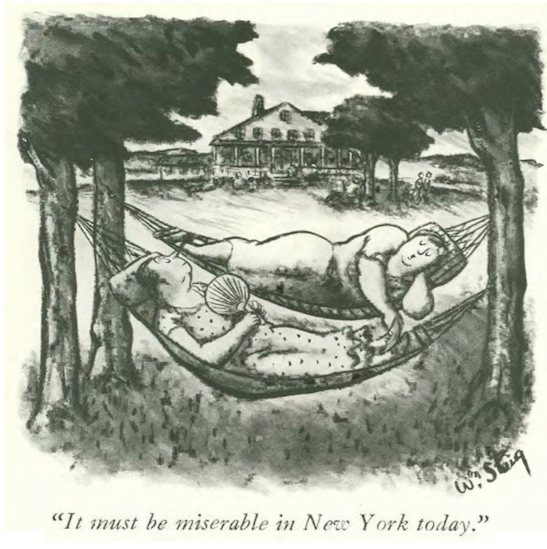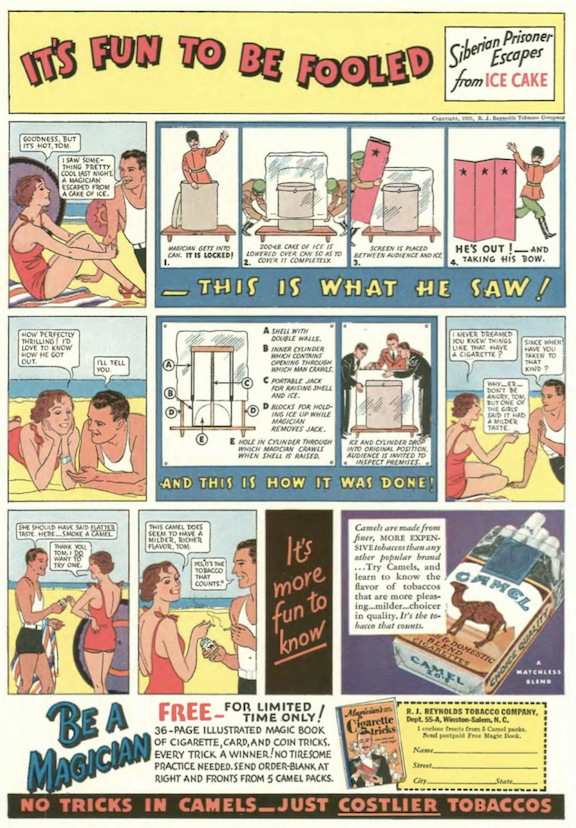New Yorkers witnessed flying milestones and mishaps in the summer of 1933—after Wiley Post landed at Bennett Field, he became the first person to fly solo around the world, and famed Italian aviator Italo Balbo would bring a squadron of 24 Savoia-Marchetti S.55 flying boats across the Atlantic and triumphantly land them on the Hudson River. So before we get to the Aug. 5 issue…

…let’s look in on Morris Markey, who described all of the skyward thrills in his “A Reporter at Large” column in the August 12 issue. Markey also offered a “bold prophecy” that the ticker-tape parades and “hysterical cheers” could not go on forever.

Markey wrote admiringly of the Italians and their oddly beautiful flying boats as they descended, 24 in all, on the Hudson River. Things did not go so well for Scottish aviator James Mollison and his wife, Amy Johnson, who had set many flying records in the 1930s.


Markey’s “bold prophecy” would sadly come to pass; after all of the parades and hoopla, these wonderful airplanes would soon take on more sinister roles as machines of death. Italo Balbo, seen as a possible successor to Italian dictator Benito Mussolini, would die in 1940, shot down by Italian anti-aircraft batteries that mistook his plane for a British fighter. Amy Johnson would die months later in a crash near the mouth of the Thames (possibly by friendly fire). Two years after his record-breaking flight, Wiley Post and American humorist Will Rogers would perish in a 1935 crash near Point Barrow, Alaska.
* * *
Depression Diversions
New Yorkers could escape Depression woes and the summer heat with a visit to the cinema. These listings in the Aug. 5 issue were headed by the Busby Berkeley musical extravaganza Gold Diggers of 1933…


* * *
From Our Advertisers
Fledgling airlines including Eastern Air Transport and American Airways (forerunners of Eastern Air Lines and American Airlines) were giving passenger trains a bit of competition with relatively quick flights to destinations including Washington D.C. and Atlantic City—the D.C. round trip cost $20, roughly equivalent to $455 today…
…introduced in 1933, the Curtiss YC-30, called the Condor in civilian use, could seat 15. It could also be fitted out as 12-passenger luxury night sleeper…

…Packard and Cadillac both produced premium automobiles, but where Packard emphasized durability and longevity…
…the folks at Cadillac went for pure sob appeal…
…I wonder how many people still wore pince-nez in 1933, especially while drinking beer…
…the makers of Hoffman ginger ale weren’t waiting for the official end of Prohibition to tout their popular mixer…
…with the launch of FDR’s New Deal, advertisers were quick to jump on the bandwagon…
…as did one of our cartoonists, Otto Soglow…
…and now on to the Aug 12 issue…

…which featured another installment of James Thurber’s My Life and Hard Times—”The Night the Ghost Got In”…

Meanwhile, Thurber’s colleague, film critic John Mosher, was finding joy through Walt Disney’s Silly Symphonies…

* * *
More From Our Advertisers
This giant two-page spread from the makers of Dodge sought to prove you could have both durability and affordability in their six-cylinder model (the cheapest Packard listed at $2,150—you could almost buy four Dodges for that price)…
…another Chrysler corporation product, the family-friendly Plymouth, could be had for even less—$445—it was apparently just the kind of car a penny-pinching ingenue needed for getting to her casting calls…
…Ann Lee Doran (1911–2000) went on to a long career as a character actress, perhaps best known for portraying James Dean’s mother in Rebel Without a Cause…

…when you finished brushing your teeth, you could put this other Pepsodent product on your face…
…on to our cartoons, we begin with this two-page spread by Gardner Rea…
…Gluyas Williams referenced the Camel cigarette ads from 1933 that revealed the secrets of popular magic tricks…
 …an example from the June 3, 1933 issue of The New Yorker…
…an example from the June 3, 1933 issue of The New Yorker…
…Eli Garson paid a visit to the optometrist…
…in the wake of the scandal-ridden mess left behind by deposed Mayor Jimmy Walker, the upcoming November election was bound up by three candidates, none of whom seemed poised to get a majority vote…Robert Day offered up this scenario…
…Carl Rose discovered that even in the boonies, everyone’s a critic…
…and we close with Peter Arno, and another classic…
Next Time: Tugboat Annie…




























































